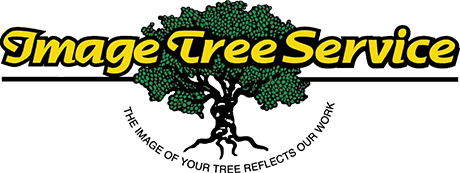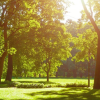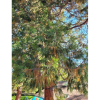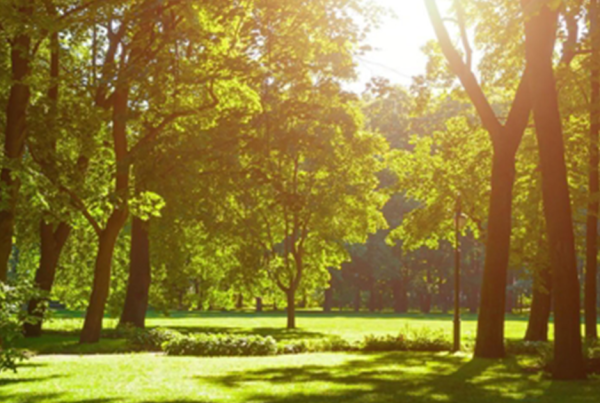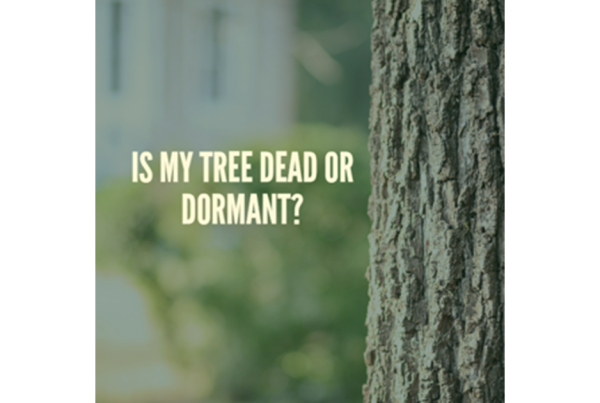
Fruit tree pruning techniques are used to control growth, remove dead or diseased wood and stimulate the formation of flowers and fruit buds. This involves cutting branches back and removing smaller limbs entirely, in some cases. It may also mean removal of young shoots, buds, leaves, etc. Careful attention to pruning and training young trees affects their later productivity and longevity. Good pruning and training can also prevent later injury from weak crotches (where a tree trunk splits into two or more branches) that break from the weight of fruit, snow, or ice on the branches.
Jeff Kowell, the owner of Image Tree Service in Windsor, CA knows all of the ins and outs when it comes to fruit tree pruning. On the day we talked to him, his crew was out pruning fruit trees. “In this area during this time of the year, we’re pruning deciduous fruit trees–apples, pears, peaches, walnuts and plums, for example. You really need to know what you’re doing when pruning a fruit tree, because where you make your cut is so important, because that is where next year’s growth is going to be. You also have to anticipate how much fruit the tree is going to produce, because you need to know how much weight the tree will carry. Based on that information, you know how many buds to leave on each cut. You’re basically looking into that tree’s future and determining how it will grow. You’re essentially training the tree, so that year after year it will hold the fruit it is going to produce.
The height of the tree is always instrumental when it comes to harvesting the fruit, according to Kowell. “Some orchards actually train their trees to grow down, in order make it easier around harvest time. By knowing how a specific type of fruit tree will grow, you can manipulate the growth, shape and production of the tree. But, if you over prune a fruit tree or improperly prune it, you can impact that tree for many years to come.”
Plants form new tissue in an area called the meristem, located near the tips of roots and shoots, where active cell division takes place. Meristem growth is aimed at ensuring that leaves are quickly elevated into sunlight, and that roots are able to penetrate deeply into the soil. Once adequate height and length is achieved by the stems and roots, they begin to thicken to support the plant. On the shoots, these growing tips of the plant are called apical buds. The apical meristem (or tip) produces the growth hormone auxin, which not only promotes cell division, but also diffuses downwards and inhibits the development of lateral bud growth that otherwise competes with the apical tip for light and nutrients. Removing the apical tip and its suppressive hormone lets lower, dormant lateral buds develop, and the buds between the leaf stalk and stem produce new shoots that compete to become lead growth.
Unpruned trees tend to produce smaller-sized fruit that may be difficult to reach when harvesting by hand. Branches can become broken by the weight of the crop, and the cropping may become biennial (that is, bearing fruit only every other year).
Overpruned trees on the other hand tend to produce light crops of large, tasteless fruit that does not store well. Careful pruning balances shoot growth and fruit production. In the early years of the tree’s life, it is important to develop a framework sufficiently strong to bear the weight of crops. This requires formative pruning to reinforce the tree. Formative pruning of deciduous fruit trees should be performed in the Bay Area starting in December and ending in mid-February.
If you have a fruit tree on your property and you want it pruned, Image Tree Service in Windsor is one of the finest tree services in Sonoma County, with more experience, skills and training than its competitors. Call us today and we will set up an appointment to come and see the tree(s) in question.
Categories: Tree Service, Expert Advice, Tree Facts
